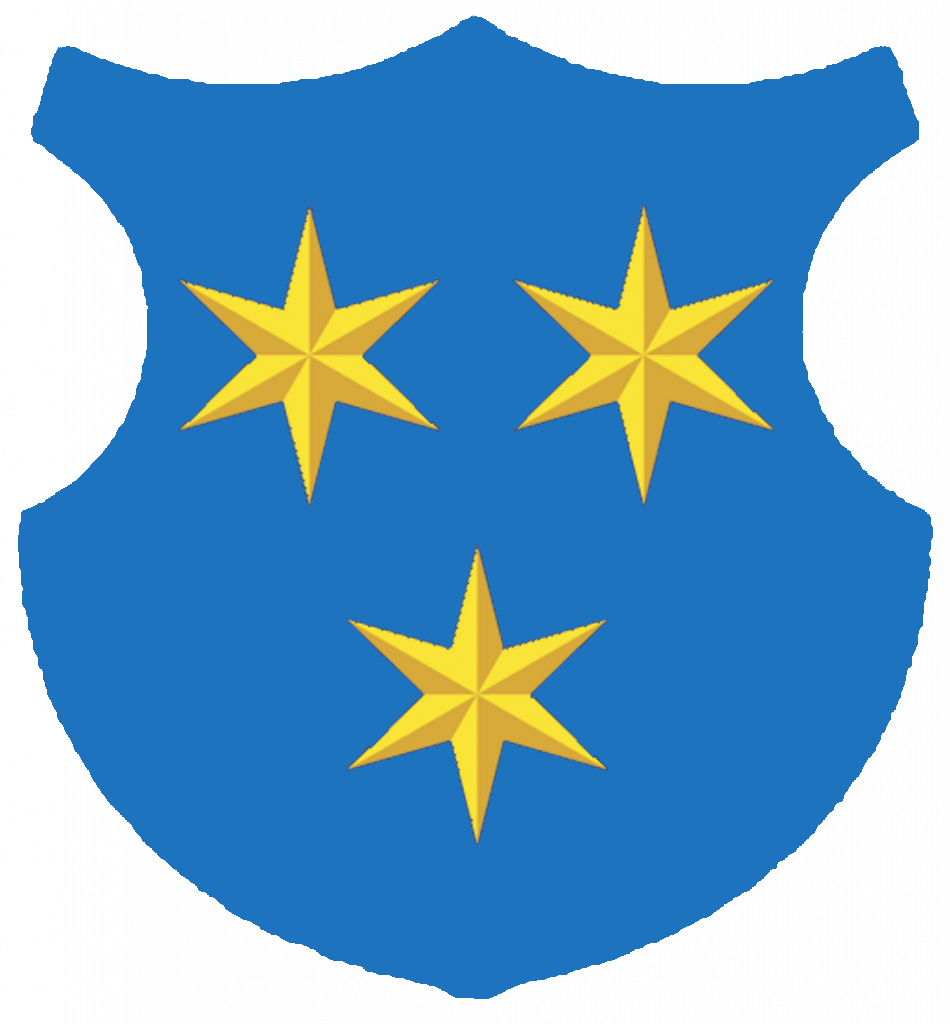| Author: | Article:
DETESTABLE LOCAL PATRIOTISM IS THE SADDEST THE SIMPLICISSIMUS IN THE SLOVENE WAY WORKERS’ CHORAL ASSOCIATIONS IN SLOVENIA |
 |
PREŠEREN BEFORE PREŠEREN
Up until now, literary science has stressed only thc extraordinariness of Prešeren’s poetry opus (1800-1849) in comparison to the works of Slovene poets of the late 18th and early 19th centuries. A more detailed study, however, shows that there is a possibility of a connection between Prešeren’s poems and the versifications of Urban Jarnik (1784-1844). Prešeren’s reflective world, characterised by the Romantic gap between nature and culture, can already be found in the poetry of Štefan Modrinjak (1774-1827).
FREEDOM OF CRAFTS IN THE DOCK
Conservative Views on Craftsmanship in the Second Half of the 19th Century in Slovenia
The proclamation in 1859 of the right to practice trades freely triggered off a wave of discontent with the new circumstances that rapidly gained momentum amongst the craftsmen. This engendered the fight against the liberal laws on practicing crafts, which soon became one of the cornerstones of the conservative principles of the time. Although the general state of affairs in the trades sector was in reality far less critical than depicted at the time, the majority of the population believed that the more liberal regulations would inevitably lead to the demise of craftsmanship. The conservatives stubbornly wanted to impede the current of events through reforms and by trying to re-establish the old estate society (based on guilds) in a modernised form. Thus, their first demand was that only those who had learned a trade could become craftsmen, and that each craftsman must be a member of a craft co-operative – which were to have considerable jurisdiction within the field of craftsmanship.
DETESTABLE LOCAL PATRIOTISM IS THE SADDEST
(or the Story of an Unhappy Styrian)
Despite his efferts, a philologist and the first Slovene doctor of Indian studies, Dr. Karel Glaser (1845-1913), who worked as a grammar school teacher in Trieste in the period 1880-1901, could not have asserted himself in the slovene middle class of Trieste. One of the reasons was also a strong local patriotism of the Slovenes of Trieste, who saw Glaser, originating from Hoče near Maribor, only as a newcomer.
THE SIMPLICISSIMUS IN THE SLOVENE WAY
The caricatures drawn for the satirical magazines The Jež (1902-1909), The Škrat (1903-1905) and The Osa (1905-1906) by Gvidon Birolla, Maksim Gaspari, Hinko Smrekar, Fran Tratnik and Miljutin Zarnik, were influenced by the caricatures and illustrations in popular German and Austrian satirical magazines such as the Simplicissimus, Die Muskette, Der wahre Jacob, Der liebe Augustin etc. Just as The Simplicissimus, The Osa also demonstrated an anti-clerical orientation.
WORKERS’ CHORAL ASSOCIATIONS IN SLOVENIA
The first workers’ associations in Slovenia began to be established in the second half of the 19th century. In addition to fulfilling their primary task of taking care of workers’ cultural and social needs, the associations also encouraged singing. As the initially bilingual Workers’ Educational Association gradually acquired an increasingly German character, the majority of singers founded a new Slovene choral association of workers, called the Slavec (i.e. The Nightingale), in 1884. The Slavec quickly establishcd itself as an important factor in Ljubljana’s cultural and social life in the period before World War I.
Nataša STARIČ, Sebastjan HRIBAR
THE TACOLI-LEDOCHOWSKI DUELLING SCANDAL
The Tacoli-Ledochowski scandal of 1900 is one of the most unhappy examples of duelling in the history of Austria-Hungary. Lieutenant Tacoli was degraded in rank for his refusal to engage in a duel, and soon after, sentence was also pronounced against Captain Ledochowski, who shared the same anti-duelling principles with Tacoli. Ledochowski was stripped of his ranks and had to leave his post at the General Headquarters. Both men were considered cowards and were cast out of society completely. As the analyses show, the duel was a criminal offence protected by the state, since both accused men who obeyed the laws banning the duel, were found guilty. The scandal elicited a big response from the contemporary newspapers.
“THIS SPORT DISCIPLINE IS STILL COMPLETELY UNKNOWN HERE”
Because of the very different information which can be obtained from professional and other publications, the aim of the article is to verify scientifically the founding date of one of the oldest sports clubs in Ljubljana, to establish its role in the period before the First World War, and to do the same for the beginnings of ice hockey in Slovenia. The author carries out a comparative analysis of already known data and available historical sources, and based on his findings, proposes a new thesis on the establishment of Ljubljana’s Sport Club and the beginnings of ice hockey in Slovenia.
